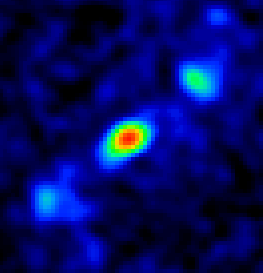 There is increasing evidence that the geometry, and not only the filling factors, of nova ejecta is important in the interpretation of their spectral and photometric developments. Ensembles of spectra and light curves have provided general typographies. This Letter suggests how these can be unified.The observed spread in the maximum magnitude - rate of decline (MMRD) relation is argued to result from the range of opening angles and inclination of the ejecta, and not only to their masses and velocities. The spectroscopic classes can be similarly explained and linked to the behavior of the light curves. The secondary maximum observed in some dust forming novae is a natural consequence of the asphericity. Neither secondary ejections nor winds are needed to explain the phenomenology. The spectrophotometric development of classical novae can be understood within a single phenomenological model with bipolar, although not jet-like, mass ejecta. High resolution spectropolarimetry will be an essential analytical tool.
There is increasing evidence that the geometry, and not only the filling factors, of nova ejecta is important in the interpretation of their spectral and photometric developments. Ensembles of spectra and light curves have provided general typographies. This Letter suggests how these can be unified.The observed spread in the maximum magnitude - rate of decline (MMRD) relation is argued to result from the range of opening angles and inclination of the ejecta, and not only to their masses and velocities. The spectroscopic classes can be similarly explained and linked to the behavior of the light curves. The secondary maximum observed in some dust forming novae is a natural consequence of the asphericity. Neither secondary ejections nor winds are needed to explain the phenomenology. The spectrophotometric development of classical novae can be understood within a single phenomenological model with bipolar, although not jet-like, mass ejecta. High resolution spectropolarimetry will be an essential analytical tool.
Author: Steven N. Shore

